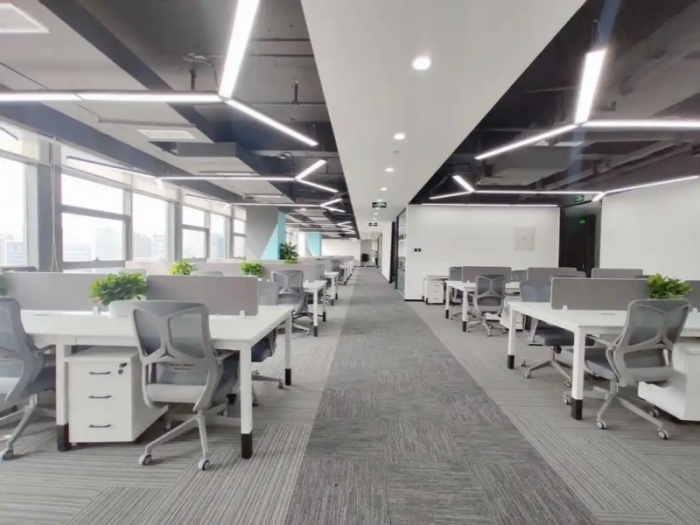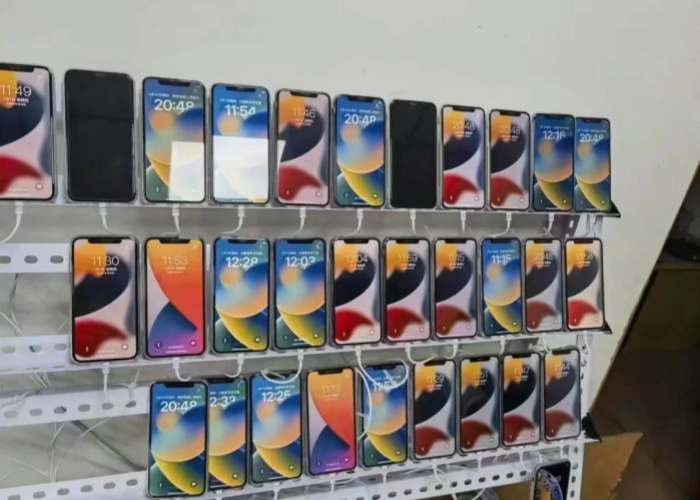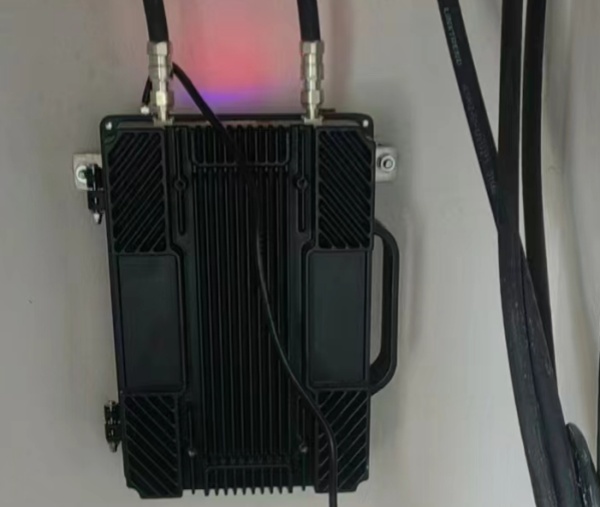1.Project Overview
Over the years, Lintratek has accumulated rich experience in commercial mobile signal coverage projects. However, a recent installation presented an unexpected challenge: despite using a high-power commercial mobile signal booster, users reported stable signal bars but experienced call drops and laggy internet performance.
2.Background
This case occurred during a mobile signal enhancement project at Lintratek’s client’s office. After completing the installation, our engineers conducted on-site testing. At that time, both signal strength and internet speed met the delivery standards.
Two weeks later, the client reported that although the mobile signal appeared strong, employees experienced significant disruptions during calls and internet use.
Upon returning to the site, Lintratek engineers discovered that several offices—especially one specific room—contained dozens of smartphones, each connected to the internet. Many of these phones were continuously running short video apps. It turned out that the client was a media company, using different devices to operate multiple video content platforms simultaneously.
3.Root Cause
The client had failed to inform Lintratek during the planning phase that the office would host a high number of simultaneously connected mobile devices.
As a result, Lintratek engineers designed the solution based on a typical office environment. The implemented system included one KW35A commercial mobile signal booster (supporting 4G ), covering an area of around 2,800 square meters. The setup included 15 indoor ceiling antennas and a log-periodic outdoor antenna. Each small office was equipped with one ceiling antenna.
KW35A Commercial Signal Booster for 4G
However, in one of the 40m² office room, more than 50 phones were transmitting video data, significantly consuming available 4G signal bandwidth. This led to signal congestion, which in turn affected other users in the same coverage area, resulting in poor call quality and internet performance.
4.Solution
Lintratek engineers tested the availability of 5G signals in the area and recommended upgrading the existing 4G KW35A unit to a 5G KW35A commercial mobile signal booster. With higher bandwidth capacity, the local 5G network could accommodate more simultaneous device connections.
Commercial Mobile Signal Booster for 4G 5G
Additionally, Lintratek proposed an alternative solution: deploying a separate mobile signal booster in the overloaded room, connected to a different signal source. This would offload traffic from the primary booster system and reduce pressure on the base station.
5.Lessons Learned
This case highlights the importance of capacity planning when designing commercial mobile signal booster solutions for high-density, high-traffic environments.
It is crucial to understand that a mobile signal booster (repeater) does not increase overall network capacity—it simply extends the coverage of the source base station. Therefore, in areas with heavy concurrent use, the available bandwidth and capacity of the base station must be carefully evaluated.
6.According to industry estimates:
A 20MHz LTE cell can support around 200–300 simultaneous voice users or 30–50 HD video streams.
A 100MHz 5G NR cell can theoretically support 1,000–1,500 voice users or 200–500 HD video streams simultaneously.
When dealing with complex communication scenarios, Lintratek’s experienced engineering team can provide tailored, effective solutions to meet clients’ demands.
Post time: Jun-25-2025












